Eat your flowers! Flowers are not only beautiful in recipes, but they have unique and interesting flavors as well. Some have tart, bitter, and spicy flavors that add a kick to salads and savory dishes. Others have a sweetness that adds punch to your punch (or other beverages) and desserts.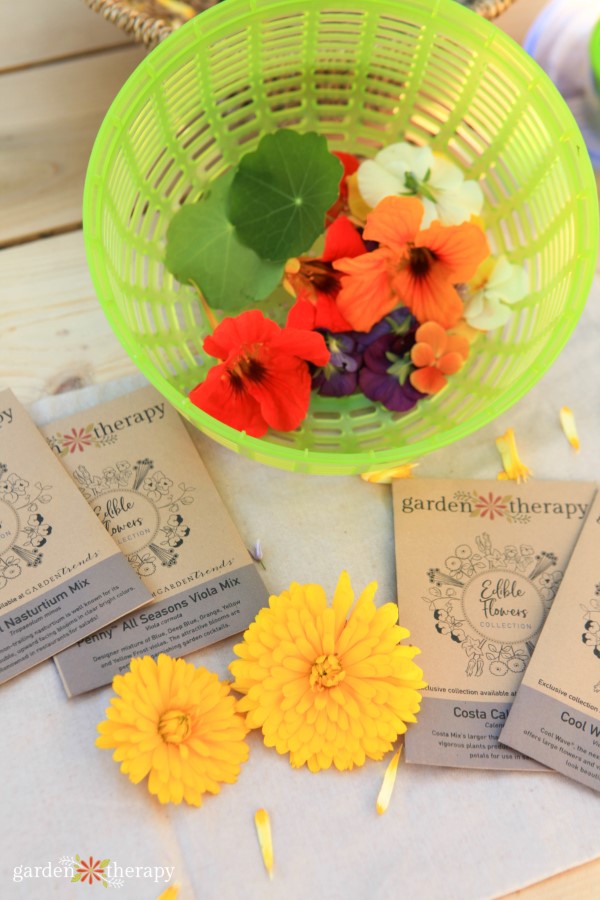
Edible flowers are easy to grow in your garden during both the cool season and warm season. Read on to learn all about seven varieties of edible flowers to grow this year, and why I think this should be the year you grow an Edible Flower Garden.
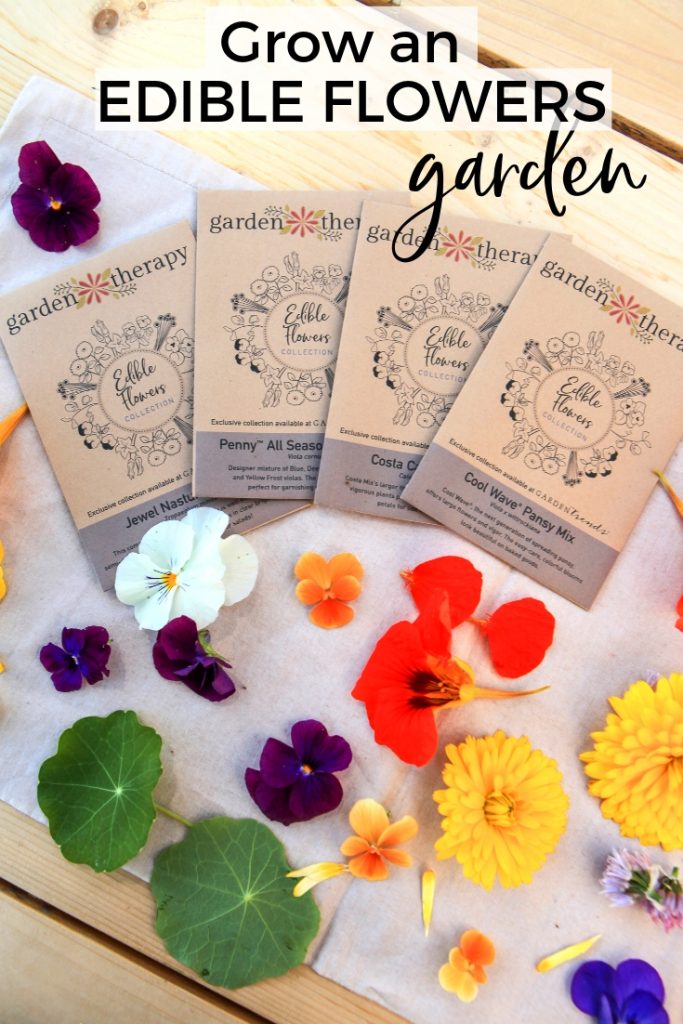
Edible flowers are becoming so popular now that you will not only see them at restaurants and bakeries, but even in grocery stores too! They really add a great deal of fun and flavor to the table.
Edible flowers are the best fresh from the garden which is why I’ve created a Limited Edition Garden Therapy Kit that contains everything you need to start your very own edible flower garden. And as a bonus, I’ve included some delicious recipes for both sweet and savory flowers.
Note: This seed starting kit is no longer for sale.
The flowers in this collection were picked for their beauty, universal appeal, and flavor. I also made sure to choose seeds that bloom at different times of the year, so that buying this collection will give you a variety of cool-season and warm-season edible flowers. Start now and you can enjoy growing and eating flowers for many months throughout the year! All that, plus they are very easy to grow!
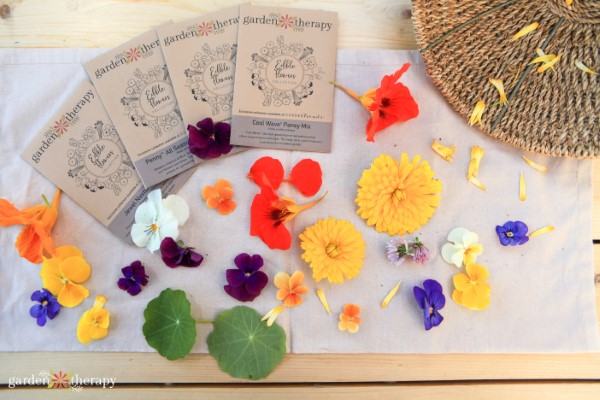
Each kit comes with thorough growing instructions for each seed. We include it as a booklet with each kit, but you can also preview the PDF version.

Garden Therapy Edible Flower Seed Collection
Here is a list of the edible flower seeds that are included in the new collection, and why I chose each one.
Jewel Nasturtium Mix (Tropaeolum minus)
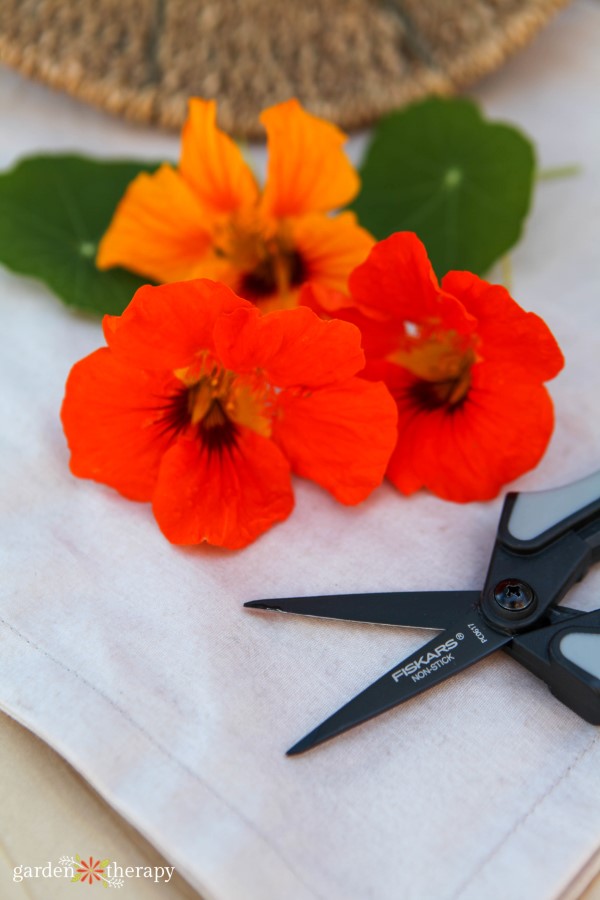
I love these flowers because they come in multiple colors that add a ton of beauty (and flavor!) to a summer salad, plus they bloom all summer long and into the fall. This compact, non-trailing nasturtium has semi-double to double, upward facing blooms in bright, fiery colors. It has a peppery taste and looks beautiful as a garnish.
Cool Wave™ Pansy Mix (Viola x wittrockiana)
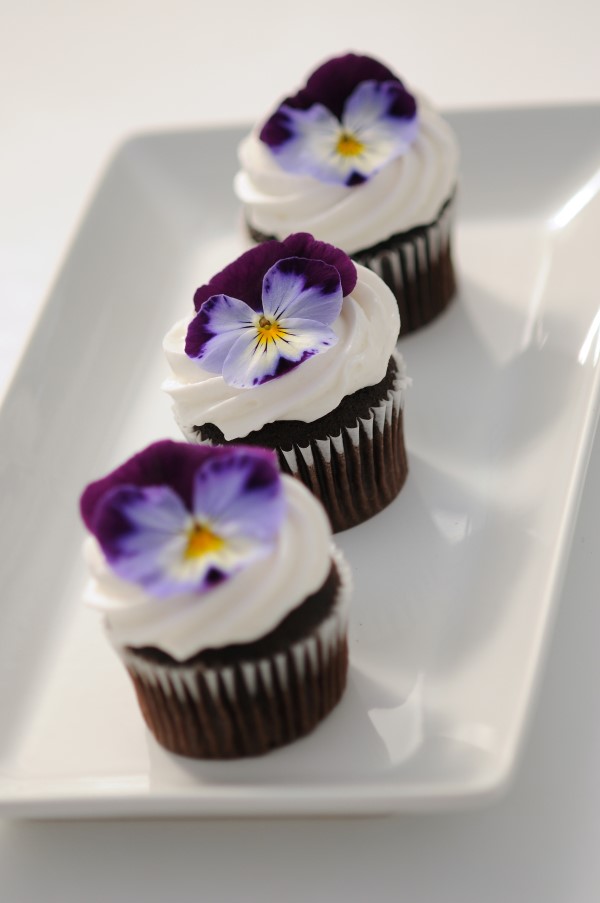
I love to use these as pretty cupcake toppers, plus they are a wonderful cool-season edible flower. This spreading pansy has large flowers that bloom a TON. This means that it can cascade down beautifully over pots up to as much as 30″! Try including Cool Wave Pansies as a “spiller” in mixed combos, or even as a high-impact groundcover. Cool Wave Pansies offer easy-care, long-lasting color throughout the spring and fall seasons, with colorful blooms that hold up well in rain and adverse weather.
Costa Calendula Mix (Calendula officinalis)
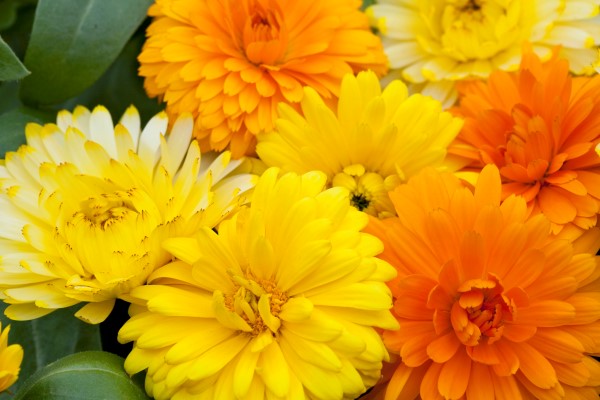
Calendula is not the most flavorful flower, but it has plenty of great health benefits, so my favorite way to eat it is by adding it to flowerfetti for cakes or salads. It is an early spring bloomer, and those bright sunny blooms are an eyeful after a long winter. Costa Mix has larger-than-normal flowers that bloom prolifically. You can eat the petals fresh or brew them into a tea.
Penny™ All Seasons Viola Mix (Viola cornuta)
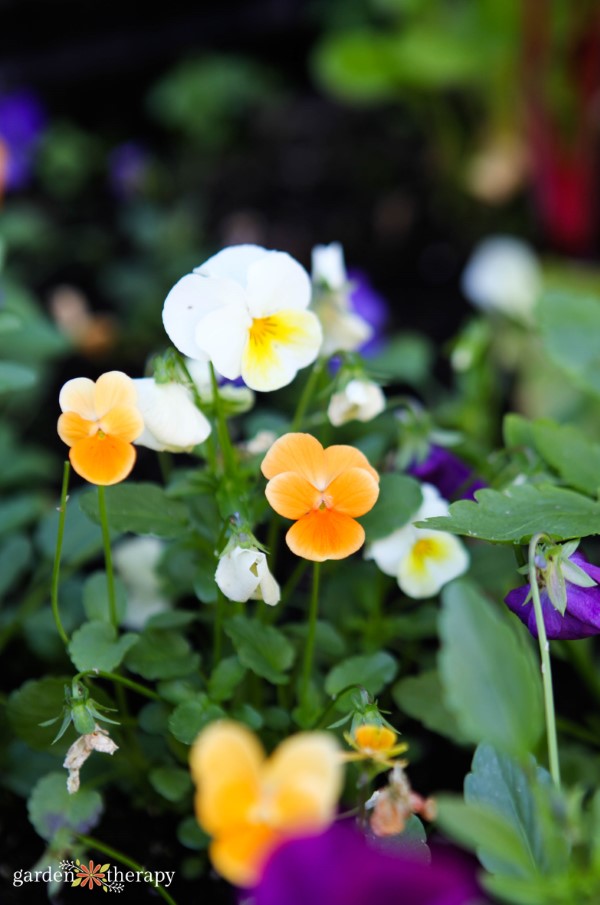
This designer mixture of Blue, Deep Blue, Orange, Yellow, and Yellow Frost violas are perfect for garnishing garden cocktails, making floral ice cubes, or even embedding in lollipops! The flowers are attractive and hold their color well. Larger-than-normal viola sized blooms proliferate over lush green, compact foliage. Penny is a series that is excellent for both spring and fall garden displays, and thrive as bedding plants, landscaping design features, and in containers.
Golden Sweet Pea (Pisum sativum)
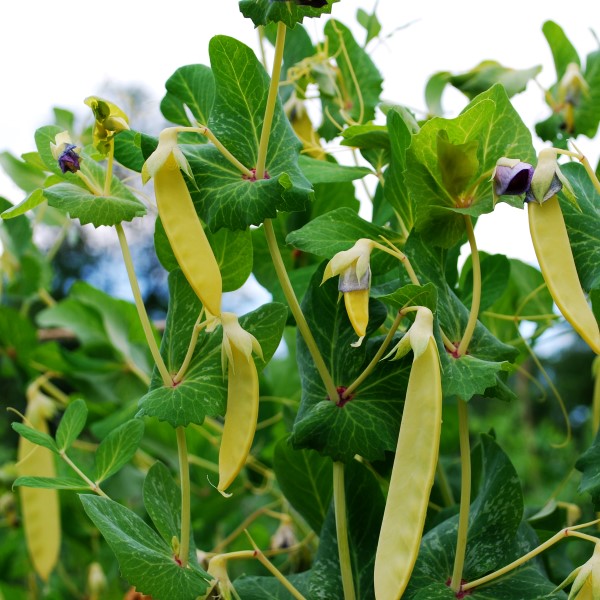
The pretty purple flowers on this plant taste like peas and look lovely in salads and as a garnish. Tall 6’ vines produce beautiful purple bicolored flowers that preclude bright lemon-yellow pea pods. The flowers, leaves, tendrils, and pods are all edible.
Zucchini Elite Squash (Cucurbita pepo)
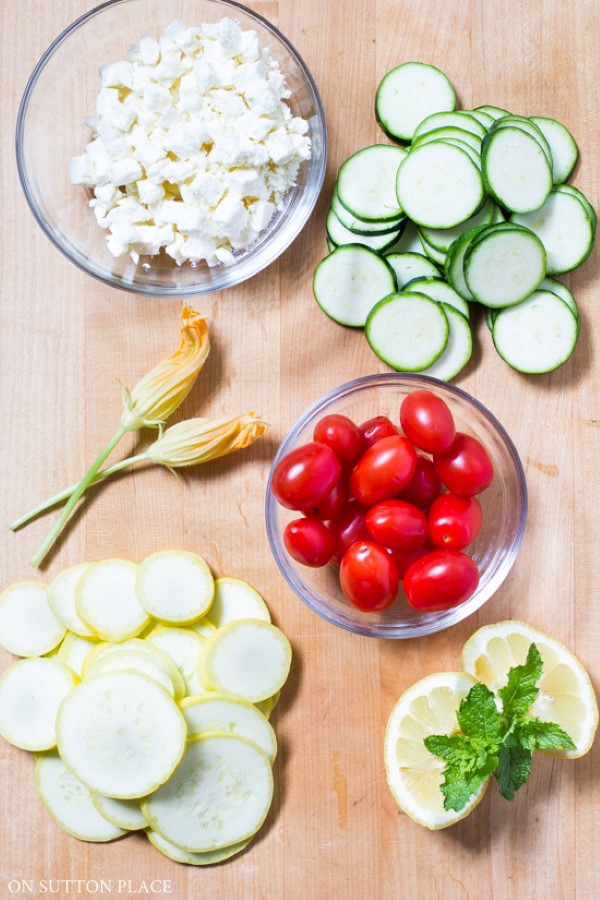
Most people grow zucchini for the squash, but the flowers are delicious—stuff them and fry them for an unbuyable dish (you can’t get the flowers at the grocery store, so only gardeners can make this recipe!). This extra-early producer is extremely prolific! The plants will yield flowers and fruit all season if you keep them picked.
Green Chives (Allium schoenoprasum)
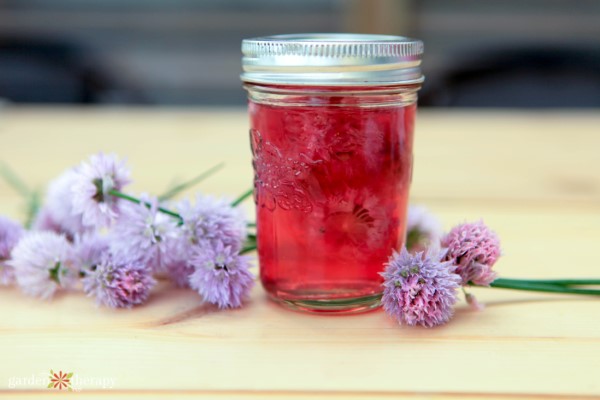
Yes, we all love chives for their leaves, but let’s not underestimate the flowers! Slender, hollow leaves grow 1 to 1.5’ long in clumps and produce purple pompom flowers that are beautiful and have a delicious, mild onion flavor. Let your chives flower then use them fresh to make a lavender-hued infused vinegar. Or you can harvest the flowers and store them in the freezer. Then, use them to flavor soups and stews by dropping the whole, frozen flower right into the pot.



